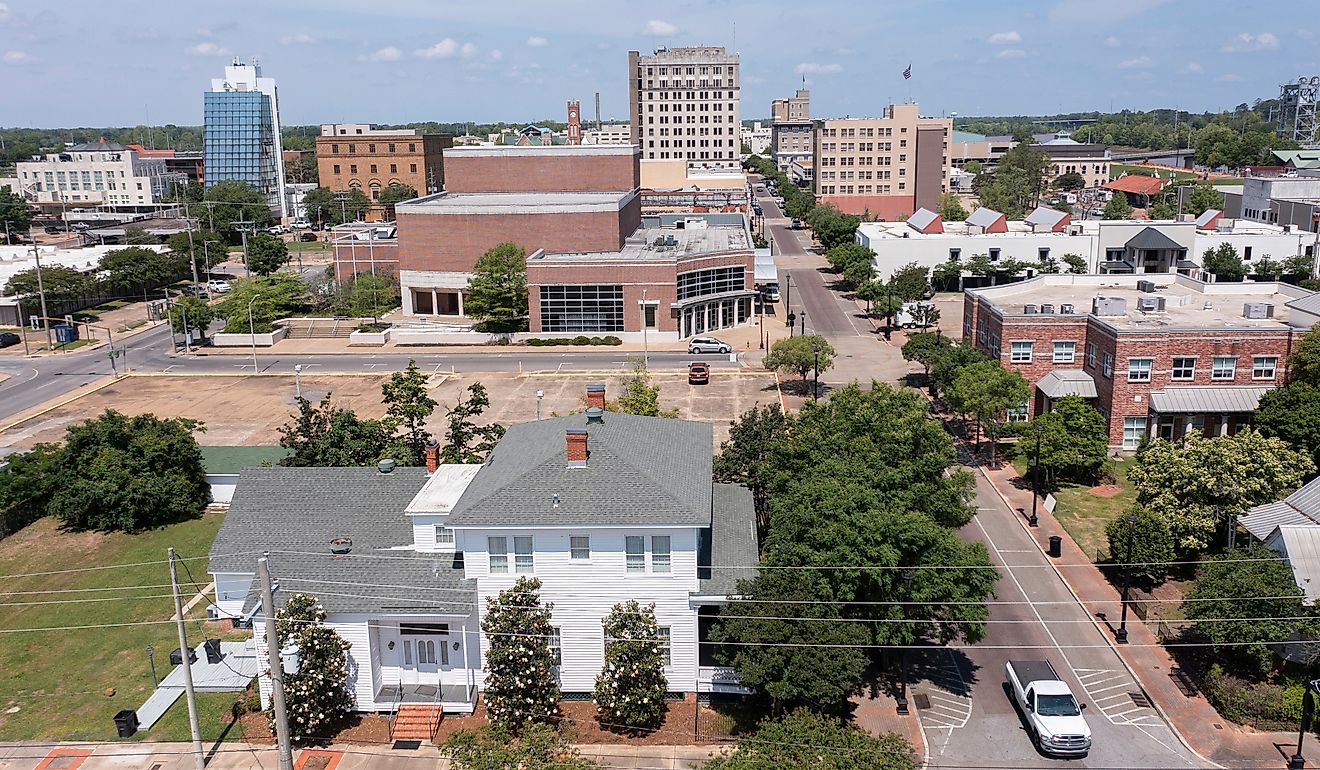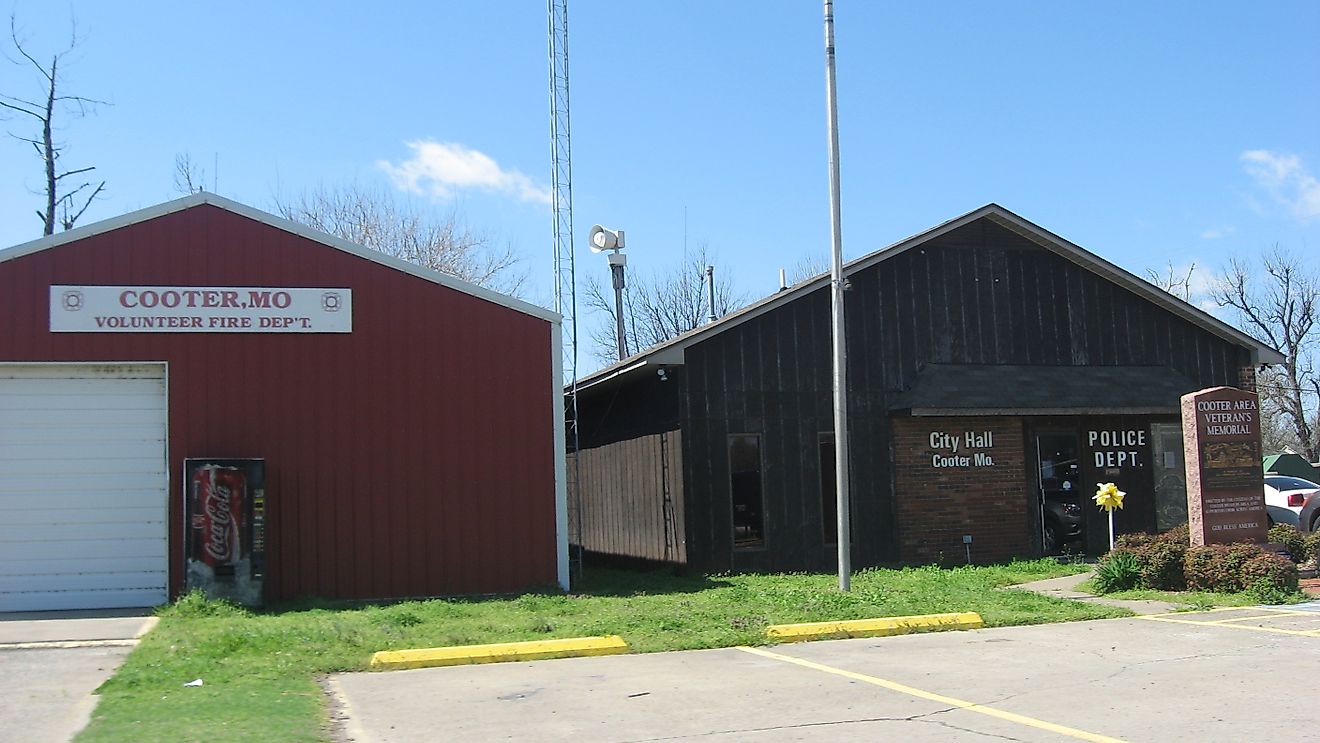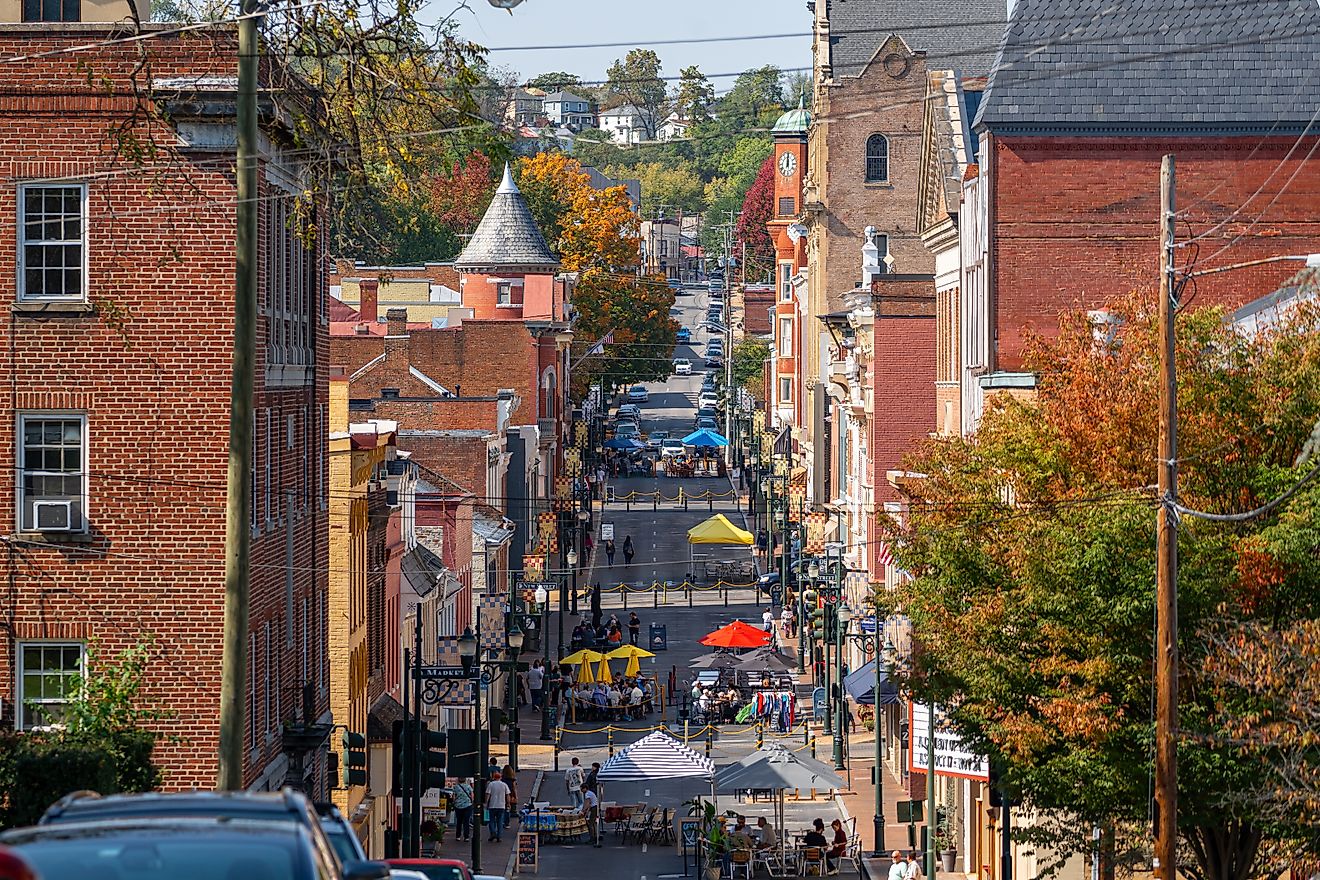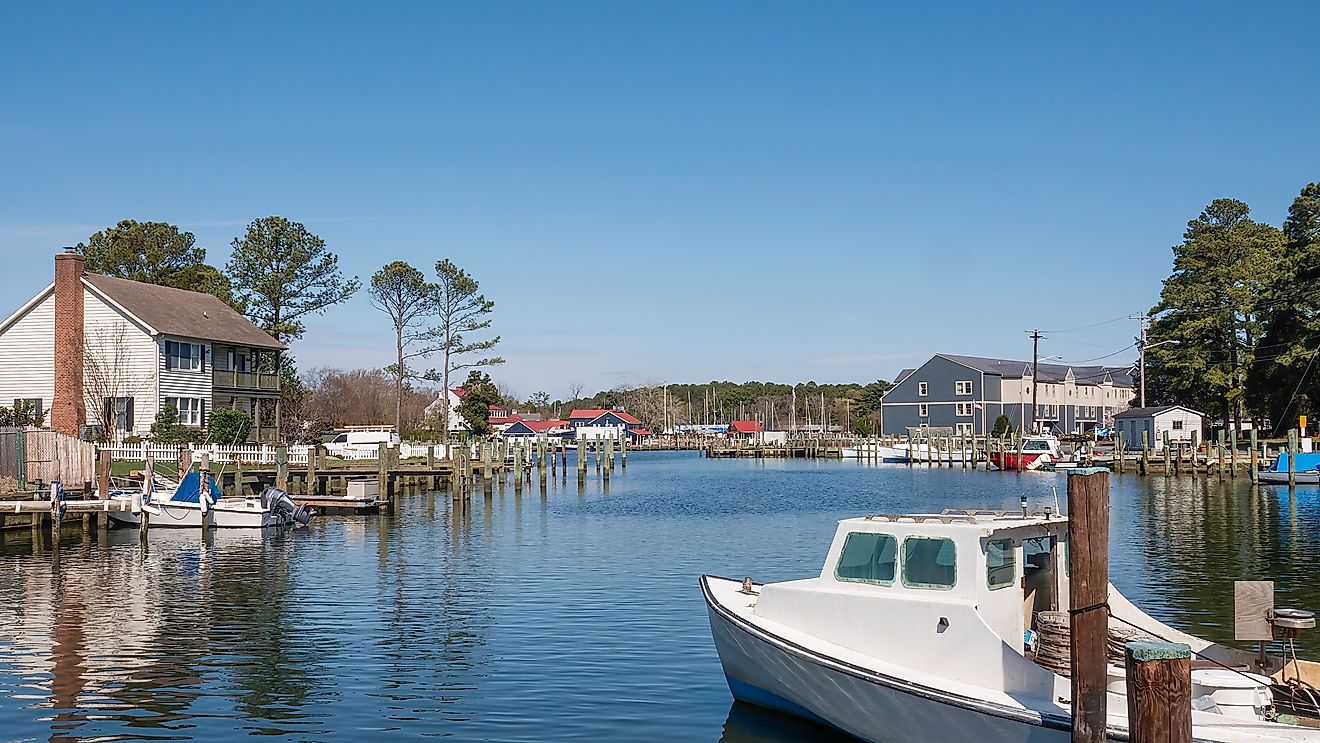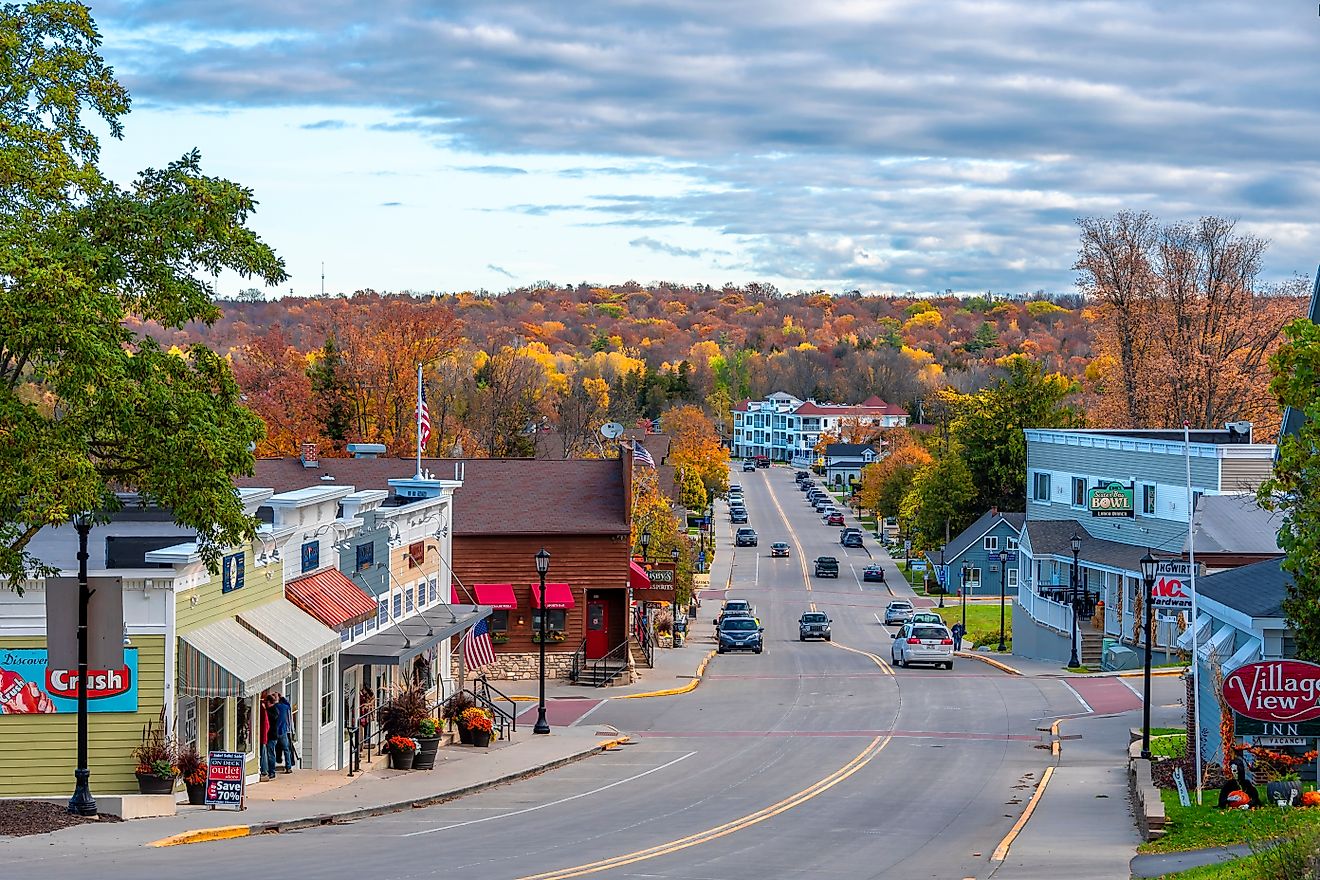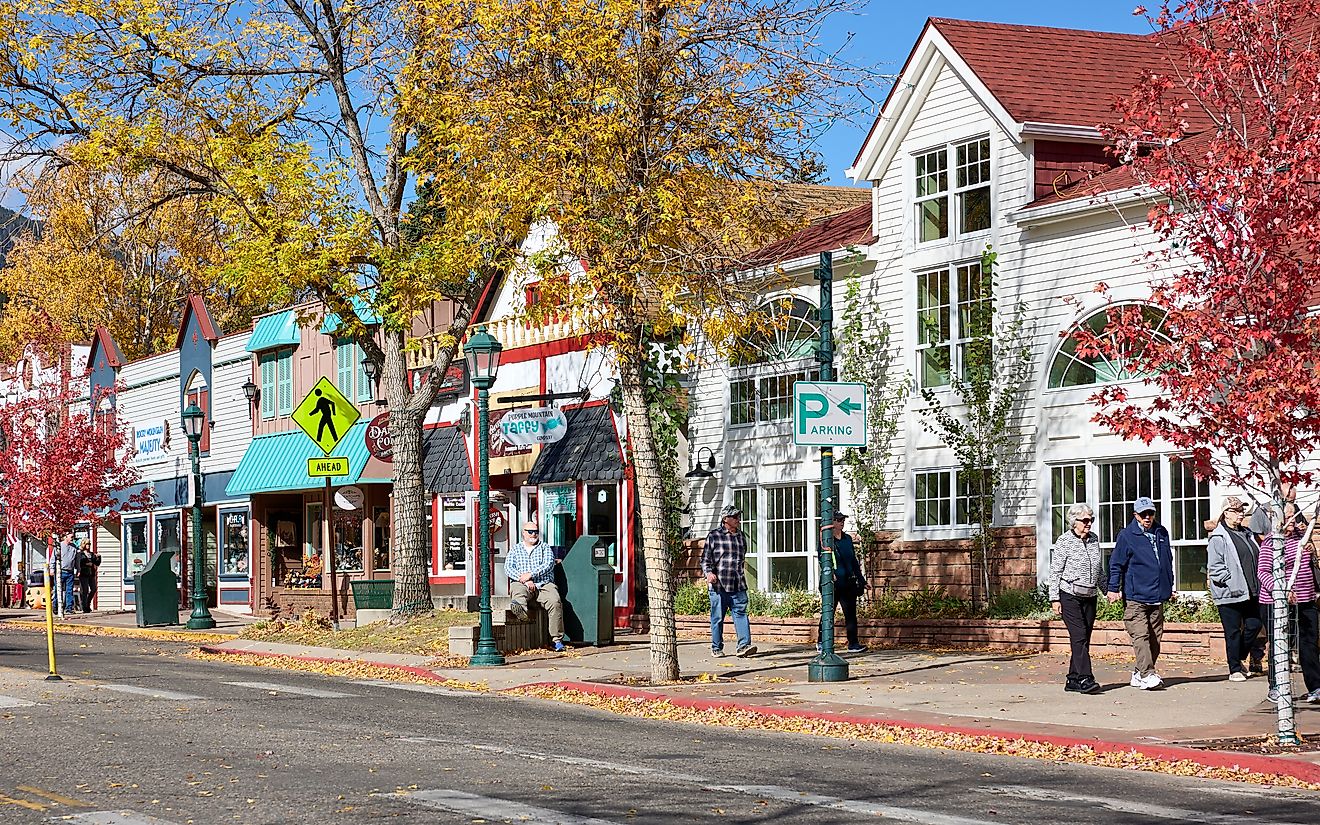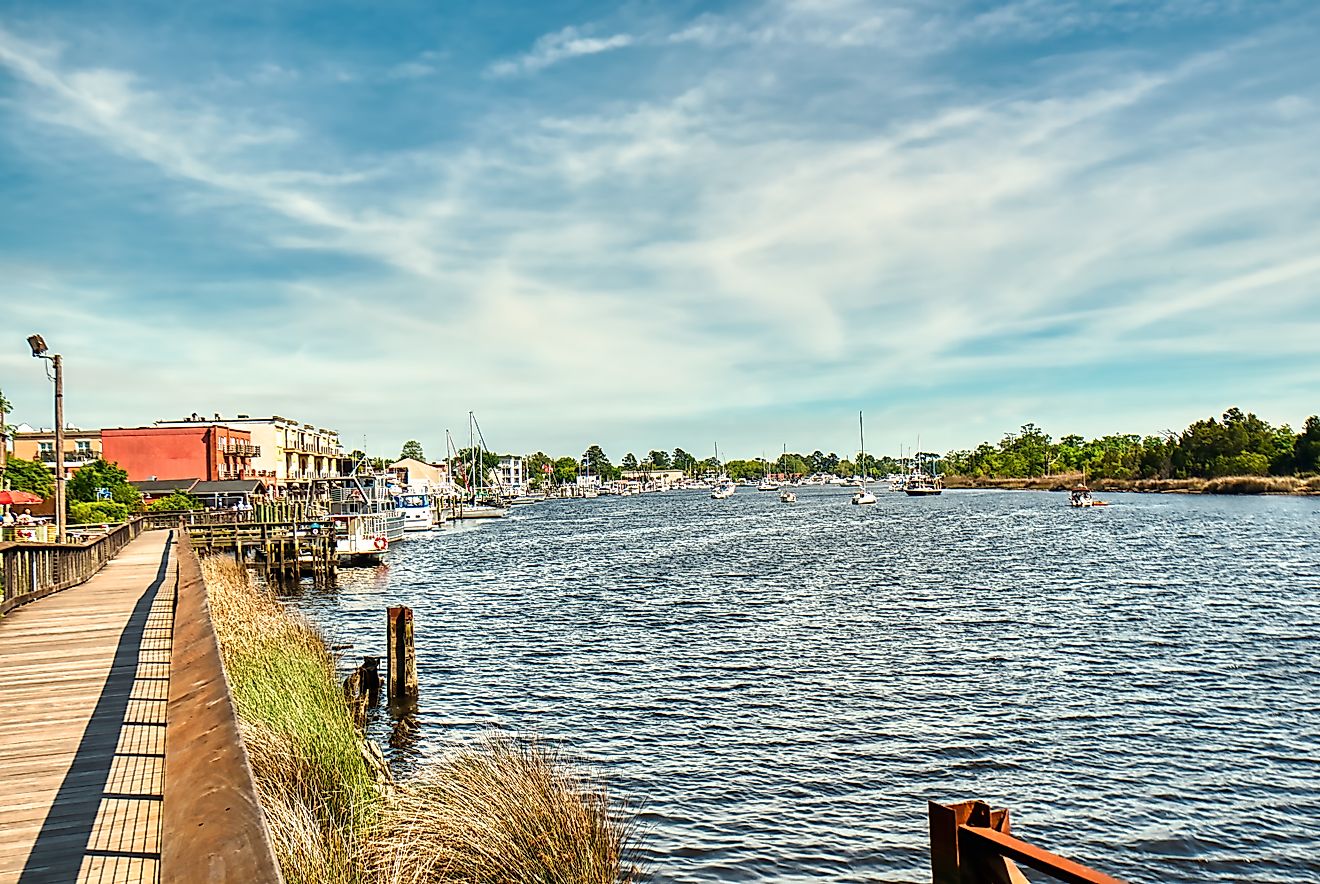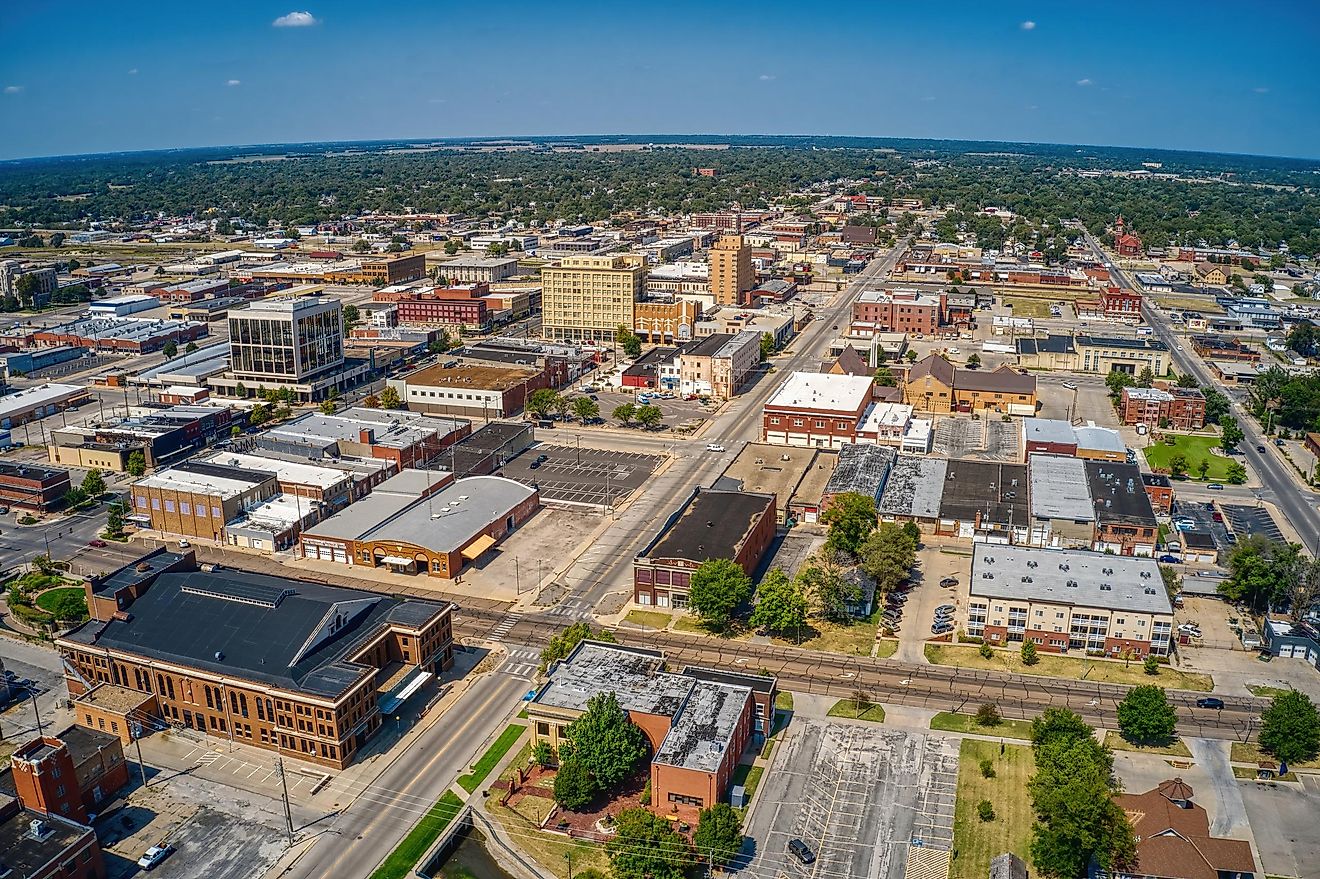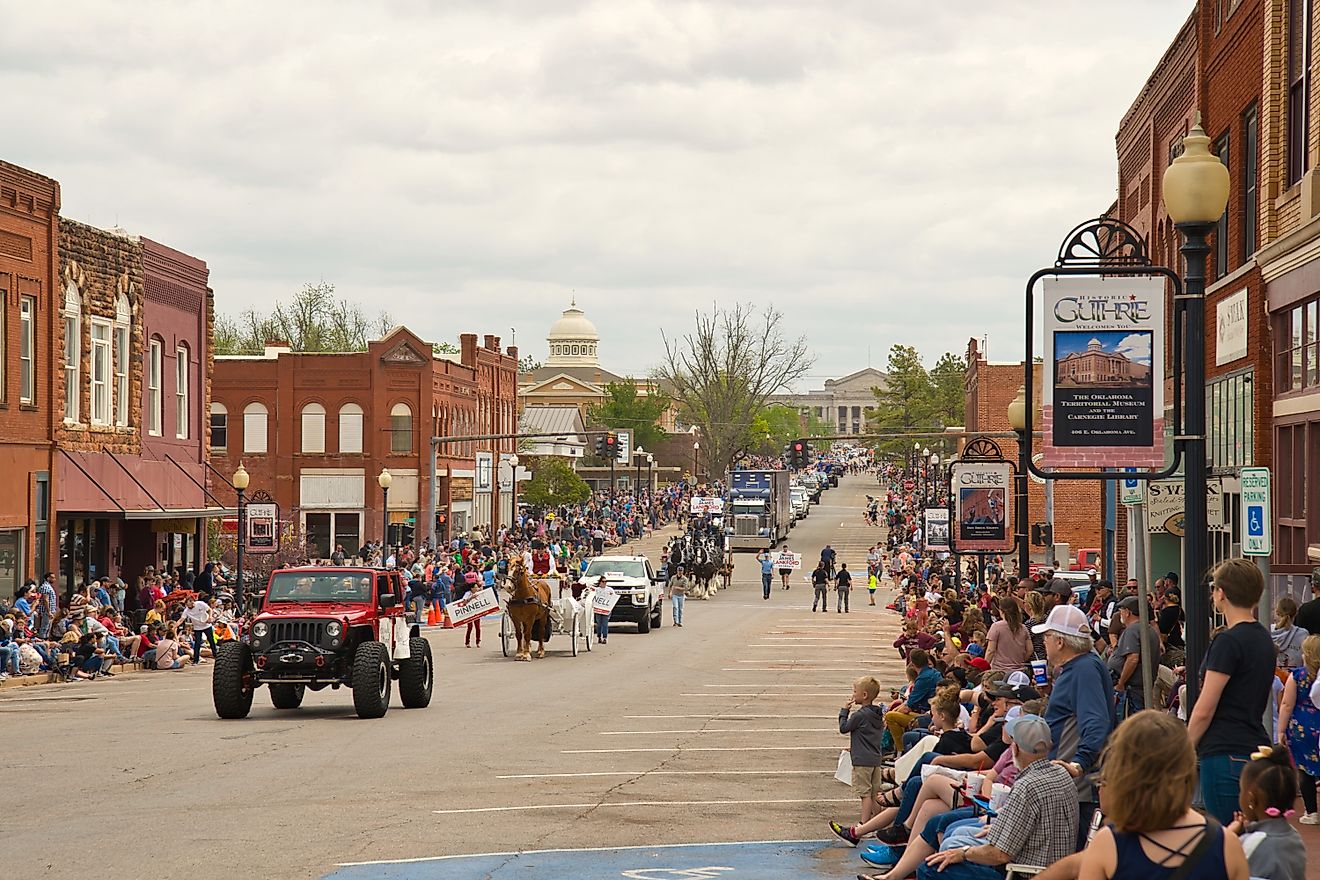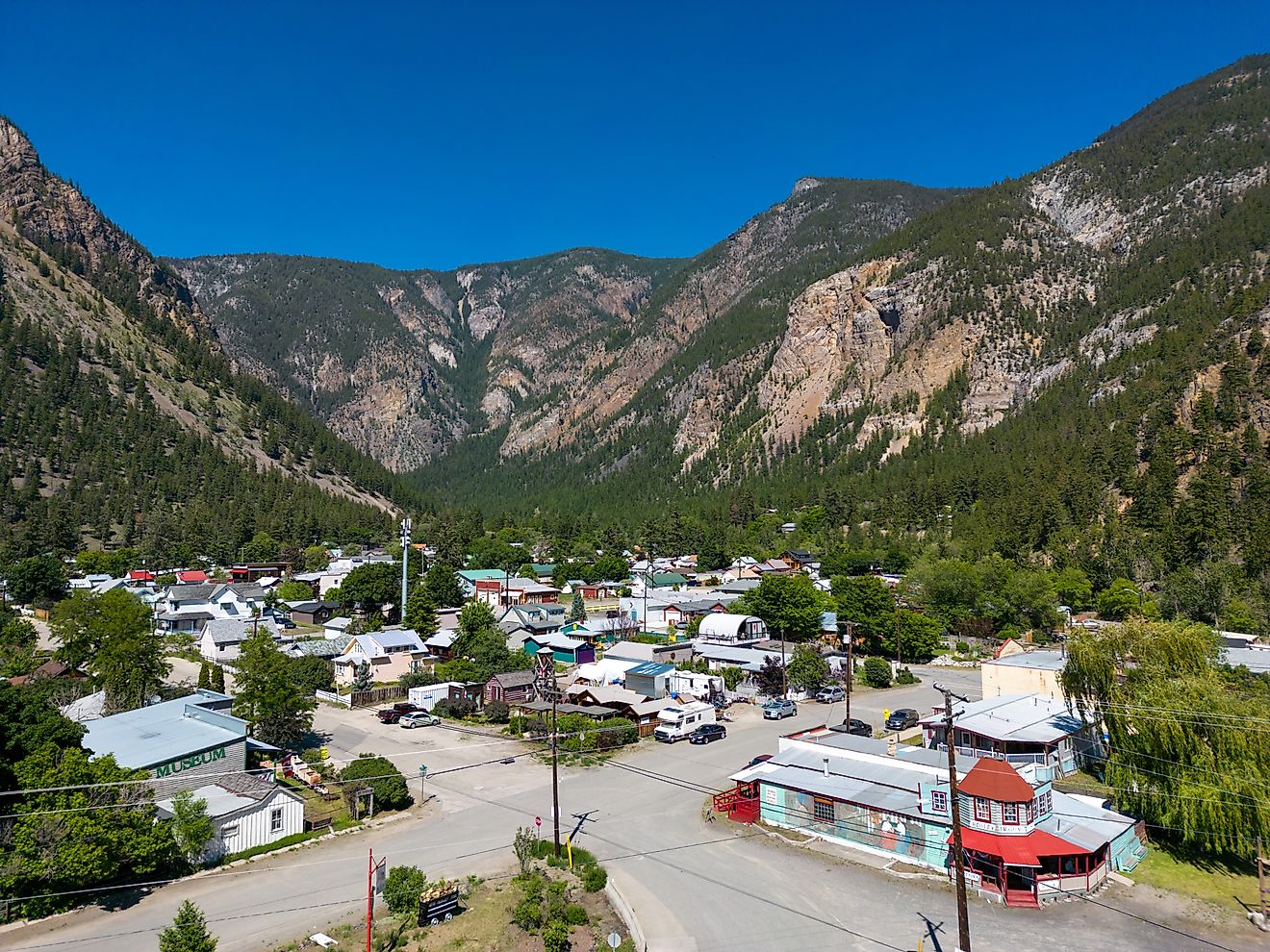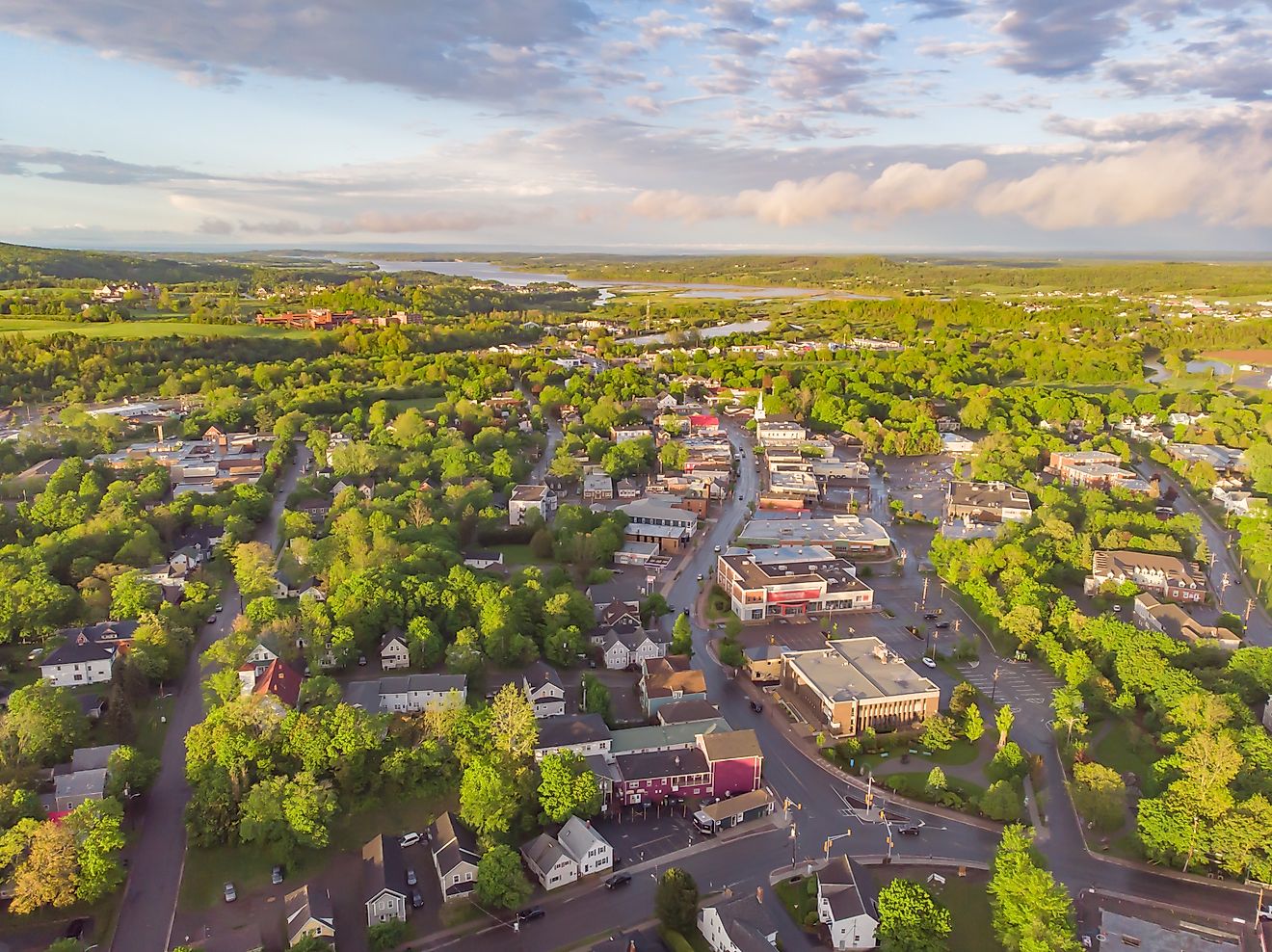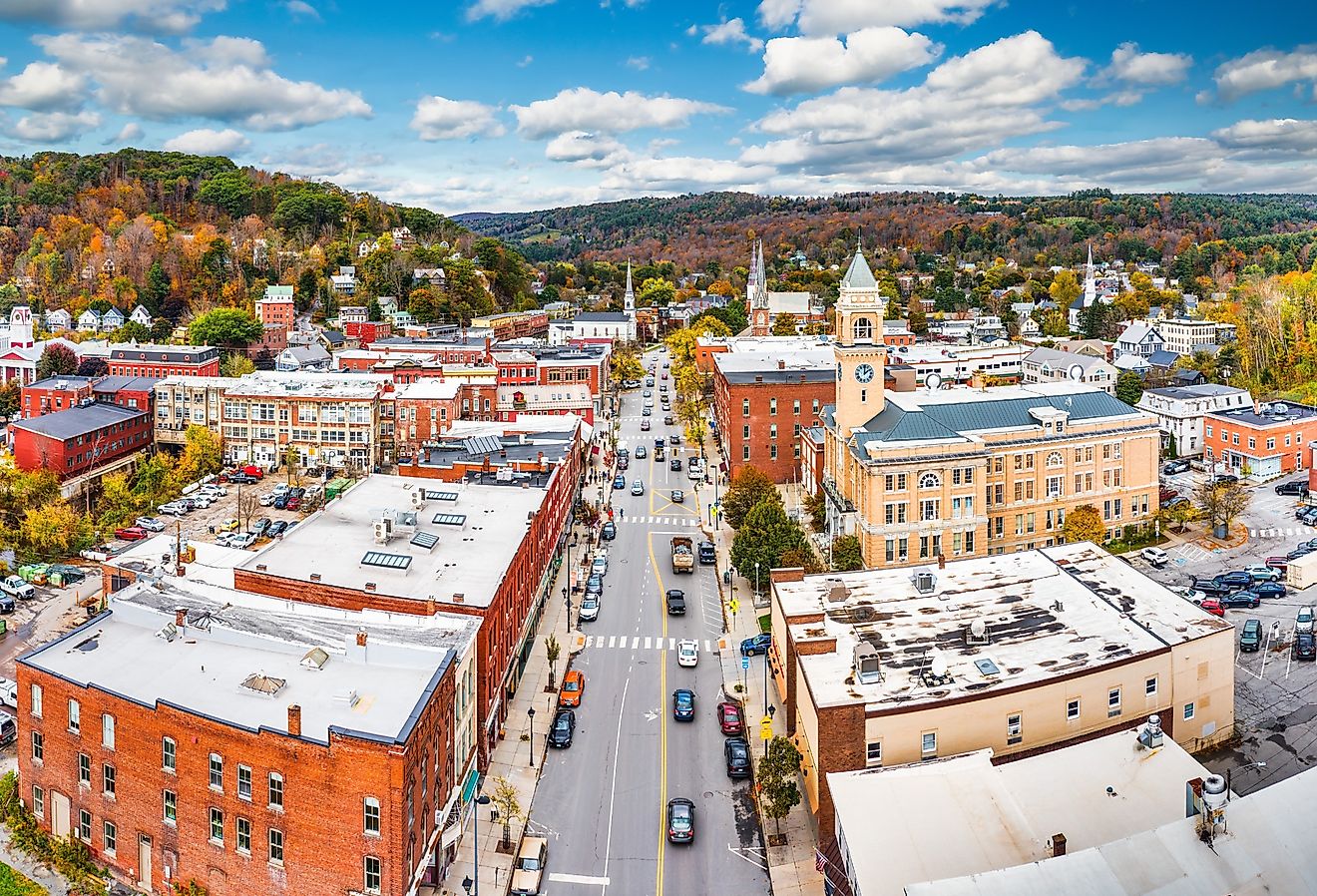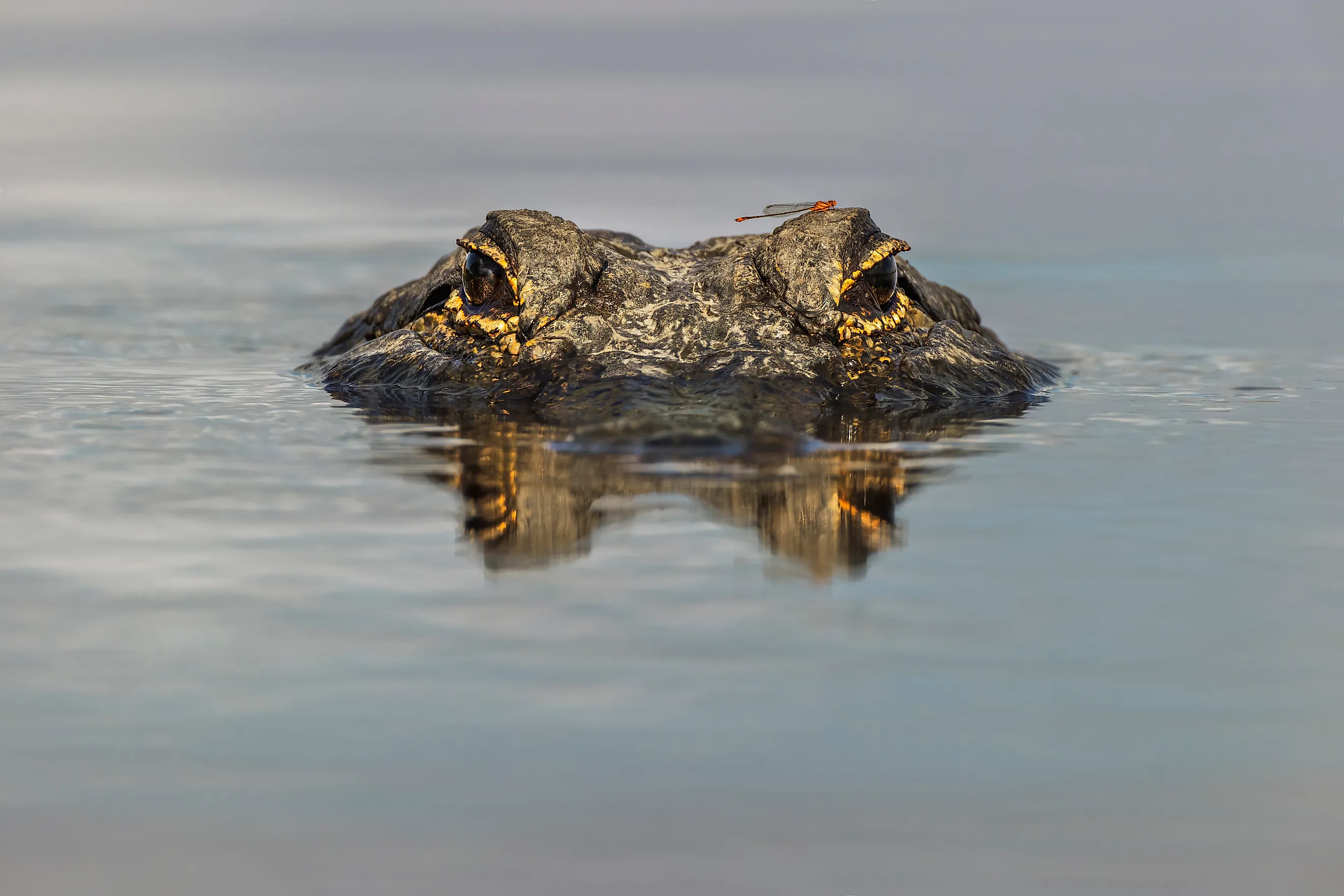
5 Most Alligator Filled Places in Alabama
Modern-day dinosaurs swimming and stalking in swamps and sewers have captured the American imagination, for better or worse, for many millennia. American alligators (Alligator mississippiensis) were carved into totems by ancient Indigenous and written in complaints by modern Alabamians protesting their nearby relocation, as you'll learn about soon. Though Alabama isn't as synonymous with gators as Louisiana or Florida, it hosts thousands of them, many of which occupy the following inter-Alabama locales. Since Gators don't exactly answer census surveys, we've consulted various human sources to determine their hotspots. Behold five places in Alabama to see these creatures sooner rather than later.
Tennessee River
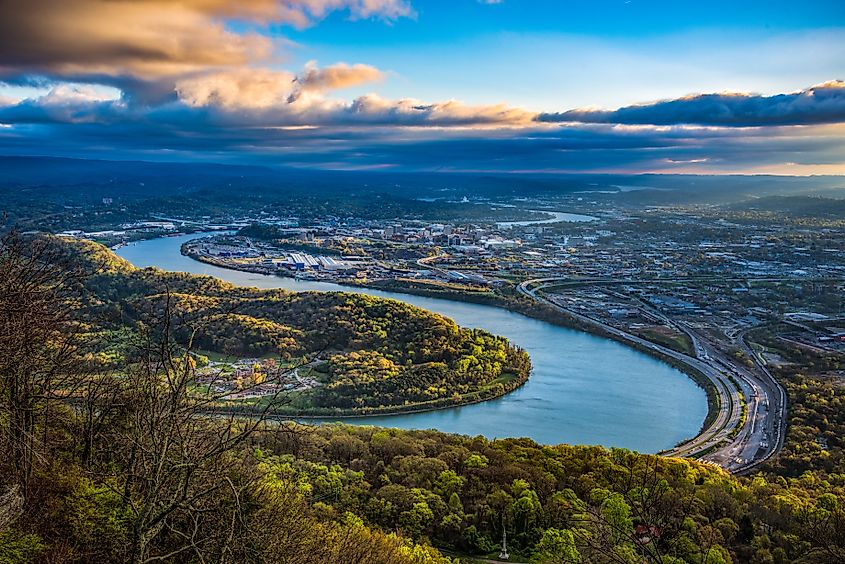
Northern Alabama was largely gator-free until 1979 when Fish and Wildlife relocated about 50 of the alligators from Louisiana to the Wheeler National Wildlife Refuge along the Tennessee River. This was an effort to expand their then-dwindling population and reduce the problem of the beaver population. Furious locals responded with their own effort to reverse the plan, which, led by Congressman Ronnie Flippo, was successful. But catching them was not. Fish and Wildlife were able to remove just a few in the ensuing year. Nearly half a century later, they are still in Wheeler and have moved even farther north, notably the city of Huntsville. A roughly eight-foot gator has long been startling residents at Sunlake around Edgewater Apartments. They are even in Tennessee, but whether those are related to Alabama's is unknown.
Walter F. George Lake (Lake Eufaula)
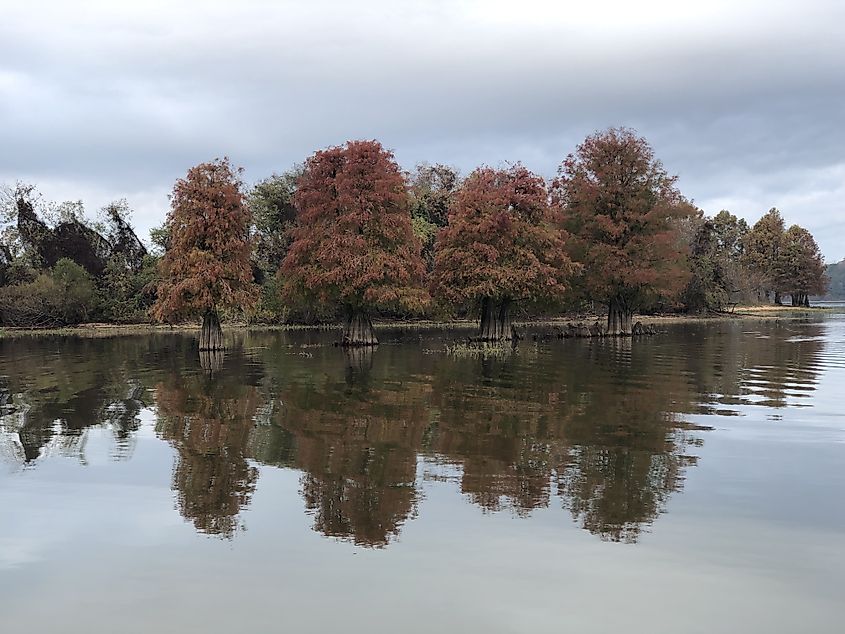
Hundreds of miles southeast of the Tennessee River, straddling the Alabama-Georgia line, is Walter F. George Lake. It was named after Georgia politician Walter F. George, but locals call it Lake Eufaula after the lakeside city of Eufaula, which was named after the Eufaula tribe of Creek people. A better name, in our opinion, is Lake Alligator. Occupying its 45,000ish acres are countless gators that are among the largest in both Alabama and Georgia. A 12-foot, 600-pound gator, said to be born in the 1970s, was pulled from the lake in 2024. Nine years earlier, the lake yielded a 13-foot-6, 920-pound monster. However, the Eufaula record-holder is believed to be a 14-foot, 1.75-inch behemoth hunted in 2019. Though they were endangered during the Wheeler Wildlife Refuge fiasco, the population rebounded, and a yearly hunting season began in 2006. Lake Eufaula is one of five Alligator Management Areas in Alabama where recreational hunting is permitted. Just 20 people are annually tagged to hunt in Lake Eufaula and its tributaries, aside from the waters of the Eufaula National Wildlife Refuge. Lake Eufaula is the only zone that allows daytime hunting, and, at least as recently as 2020, it is the only zone that requires the release of captured gators under eight feet in length.
Alabama River
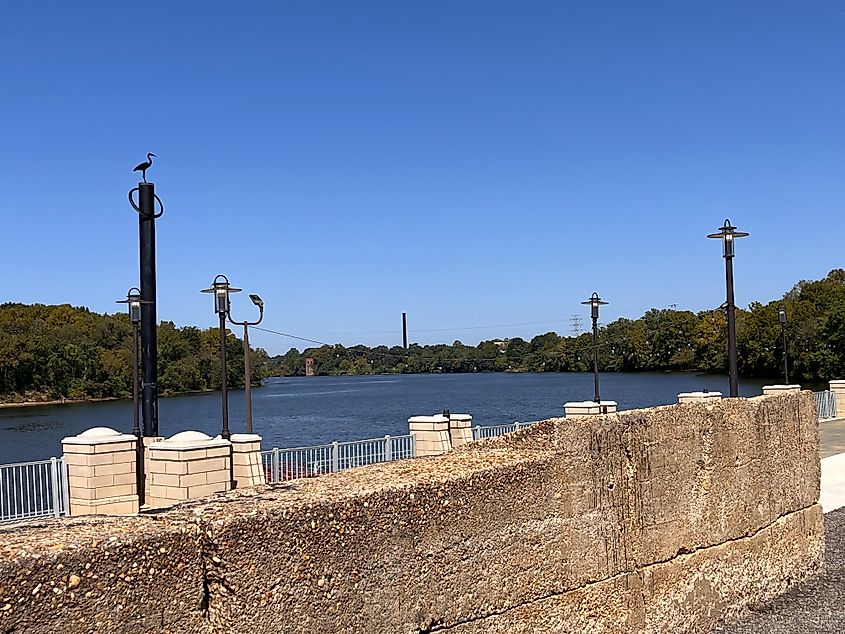
The Alabama River winds for roughly 300 miles from northeast of Montgomery to north of Mobile in the south-central part of the state. Alligators are found throughout the river, and there are increased sightings near Montgomery, Monroeville, and Camden. The last of those yielded Alabama's largest known alligator, which was determined to stretch 15 feet and weigh 1,011 pounds after being hunted in 2014 within the West Central Management Area. Not all of the Alabama River is a hunting zone, though. Residents of Montgomery must tolerate these massive predators in their midst, even as they enter popular places like the Cypress Tree Golf Course at the Maxwell Air Force Base. Perhaps that's why they were eager to mount and display the record-breaking Camden gator at the Montgomery Zoo's Mann Wildlife Learning Museum.
Mobile Bay
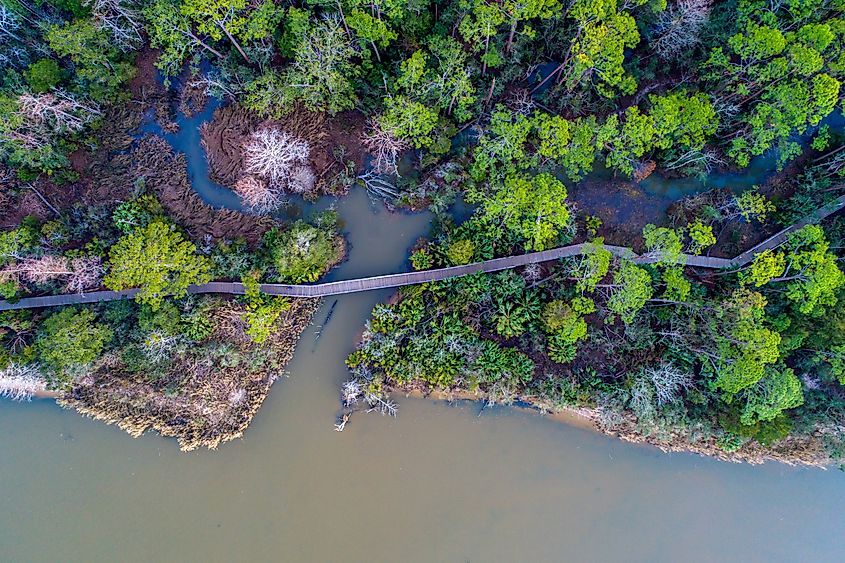
American alligators prefer fresh water but can tolerate brackish water and even salt water. As such, they populate Alabama's coastal waters, especially Mobile Bay, which is near the city of Mobile. The brackish bay spans roughly 400 square miles and centers the Coastal Management Area. Big gators bagged in the area include a 12-foot-9, 524-pound specimen from 2023. Big gators saved in the area include 13-footers displayed at Alligator Alley in Summerdale. Alligator Alley began in 2004 as a refuge for nuisance Florida gators, whose offspring now number in the hundreds and attract tourists in the thousands. "Nuisance" gators are defined, at least in Florida, as those more than four feet long that pose a threat to people, pets, or property. A Mobile equivalent is a 10-footer that blocked traffic on Interstate 165 in 2024. Of course, "nuisance" is subjective, and virtually all humans would be considered nuisances to these beasts. Authorities did the right thing for the highway gator by pushing it back into its marsh.
Gulf Coast
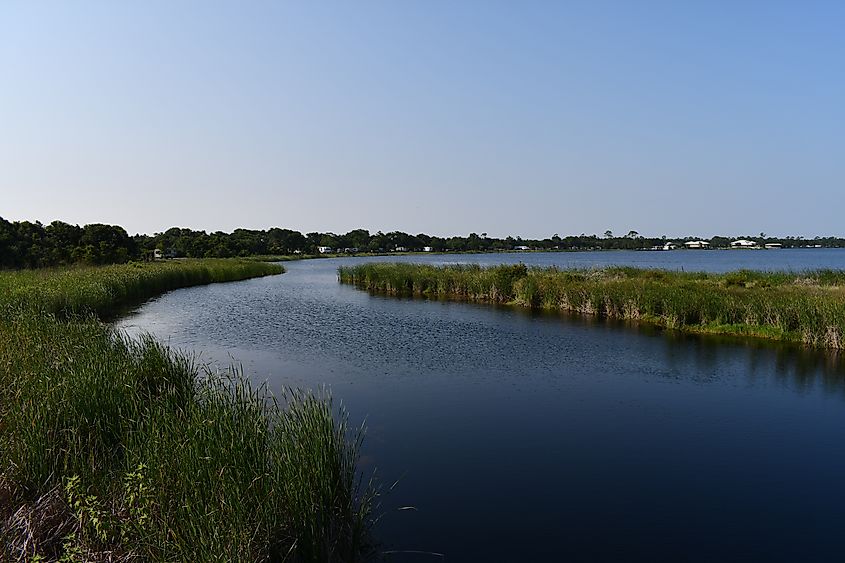
Mobile Bay empties into the Gulf of Mexico, perhaps the most populous alligator locale in Alabama. Though less willing to swim in its saline seas (but they do it probably more often than you think), these reptiles love Gulf Coast marshes that occupy the Coastal Management Area. East of the resort city of Gulf Shores sits Gulf State Park, which covers 6,150 acres of prime gator habitat, including three lakes combining for more than 800 acres and a Nature Center housing captive alligators. West of Gulf Shores sits the Bon Secour National Wildlife Refuge, which spans roughly 7,000 acres of mostly undisturbed gator haunts. Separated from both those sanctuaries by miles of ocean is Dauphin Island, which has its own gator gallery. Though not technically part of the Gulf Islands National Seashore, Dauphin extends from that very gatory preserve.
Alligators occur throughout Alabama, with a higher density in the south, save for a seemingly successful but controversial relocation around the Tennessee River. To glimpse them in 'Bama, start at North Alabama's Wheeler National Wildlife Refuge, the recipient of said relocation, then head southeast to Walter F. George Lake before winding southwest along the Alabama River to brackish hotspots like Mobile Bay and the Gulf Coast. There are gators galore in those five Alabama locales.
